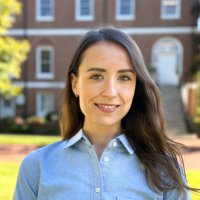
Ida Rangus
@idarangus
Postdoctoral Research Fellow, Center for the Study of Aphasia Recovery, @UofSC | Neurology resident, @ChariteBerlin, @BerlinStroke
ID: 1635077778
31-07-2013 10:02:16
11 Tweet
44 Followers
99 Following



pubmed.ncbi.nlm.nih.gov/38829625/ Check out the results of the PRAISE study. The meaning of acute myocardial injury in #stroke and what may identify #myocardial_infarction CSB DZHK Germany @DZNE_en Jan Scheitz 🧠⚡️❤️ Ida Rangus and Regina von Rennenberg

Happy to share that our paper "Fronto-thalamic networks and the left ventral thalamic nuclei in aphasia after thalamic stroke" is now published in Communications Biology. Read more: rdcu.be/dJ9bA Christian H Nolte Anna Kufner MD PhD Ana Sofia Rios CSB
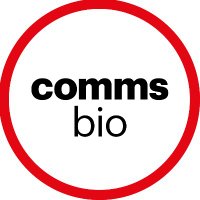
📢A new study shows that fronto-thalamic networks and the left ventral thalamic nuclei play a key role in aphasia after thalamic stroke Ida Rangus, Christian H Nolte nature.com/articles/s4200…

Had the pleasure of representing Aphasia Lab and the Center for the Study of Aphasia Recovery University of South Carolina at this year’s annual meeting of the Society for the Neurobiology of Language SNL Annual Meeting Enjoyed the inspiring talks and insightful discussions!


Thank you CSB for choosing "Type 1 Myocardial Infarction in Patients With Acute Ischemic #Stroke" jamanetwork.com/journals/jaman… paper of the year 2024 schlaganfallcentrum.charite.de/en/research/pu… David M. Leistner Timo Siepmann Gabor Petzold Ida Rangus Jan Scheitz 🧠⚡️❤️ #strokeheart
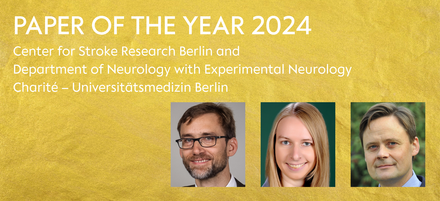
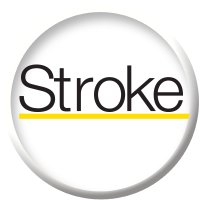
Also, check out the #Editorial by Ida Rangus & @Leo_Bonilha: There is a strong overlap between the pathophysiology of poststroke cognitive impairment and neurodegenerative conditions. A holistic approach to poststroke cognitive impairment is needed. ahajournals.org/doi/full/10.11…

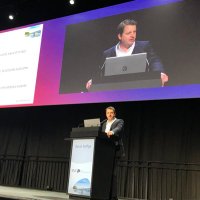
EURECA: New data on recurrent ICH: every second recurrence is adjacent to index ICH. Those bleedings occur early and are strongly associated with CAA. Great collaboration lead by Martina Göldlin Stroke Research Center Bern Author interview podcast: edhub.ama-assn.org/jn-learning/au… jamanetwork.com/journals/jaman…




